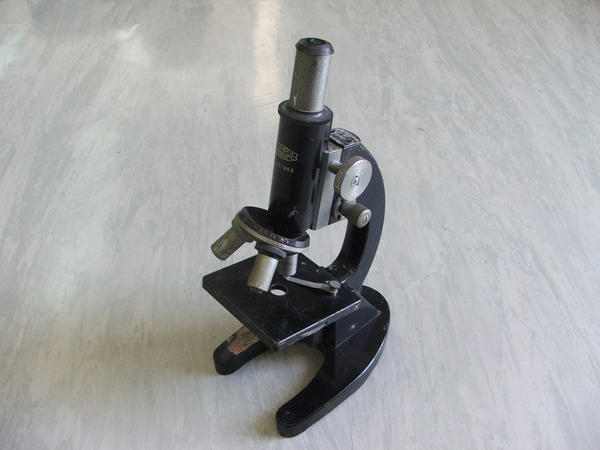2/4/09
Workshop with Adrian Miles
This week, We analyzed our own strengths and weaknesses in regards to the project process. After plotting a graph of our likes and dislikes of each process, we came to better understand our approach towards the aspects of research, readings, production, editing and so on.
As for my own strengths, I would term myself as a Big Idea Person, the type of person I call the "Telescope" able to see the big picture and core concepts easily. Therefore, making the production process appealing to me as it is hands on and going towards a general direction.

The trouble with a "Telescope" ability type is the weakness towards noticing details.
This group of people, I would call the Microscopes. Able to organize details, make good lists, and itemized time line. People like Rika and Sandy. which I should work closely with in order to maximize our efficiency.

I still have a lot of catching up to do.
OMG!
Workshop with Adrian Miles
This week, We analyzed our own strengths and weaknesses in regards to the project process. After plotting a graph of our likes and dislikes of each process, we came to better understand our approach towards the aspects of research, readings, production, editing and so on.
As for my own strengths, I would term myself as a Big Idea Person, the type of person I call the "Telescope" able to see the big picture and core concepts easily. Therefore, making the production process appealing to me as it is hands on and going towards a general direction.

The trouble with a "Telescope" ability type is the weakness towards noticing details.
This group of people, I would call the Microscopes. Able to organize details, make good lists, and itemized time line. People like Rika and Sandy. which I should work closely with in order to maximize our efficiency.

I still have a lot of catching up to do.
OMG!
Comments
Post a Comment
Thanks for the OMG!s